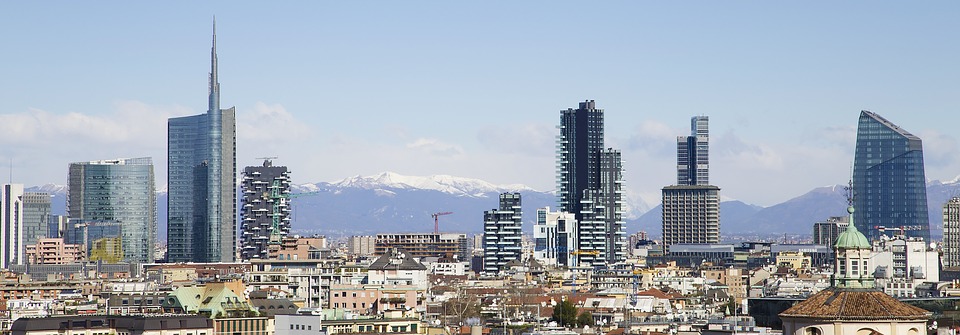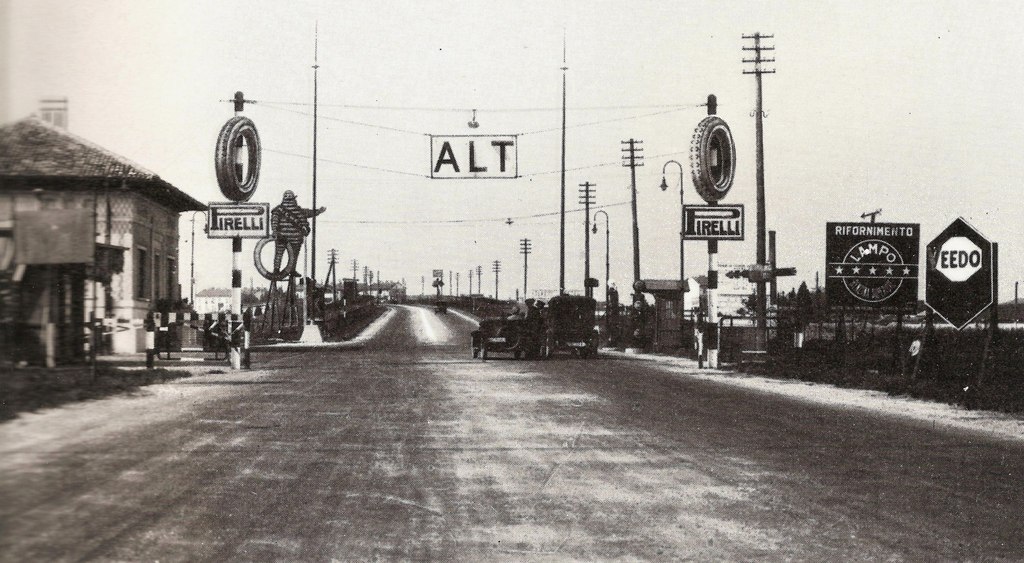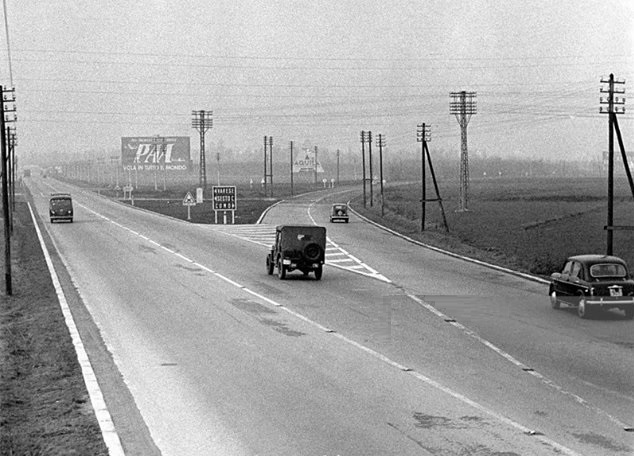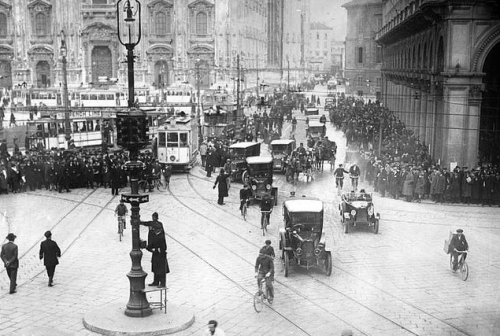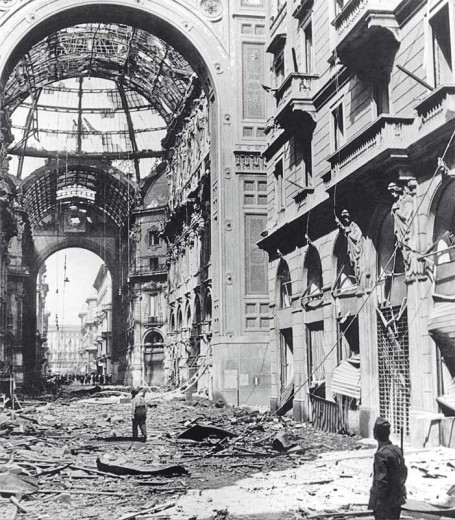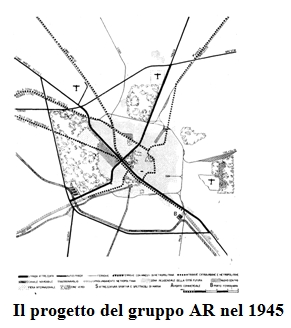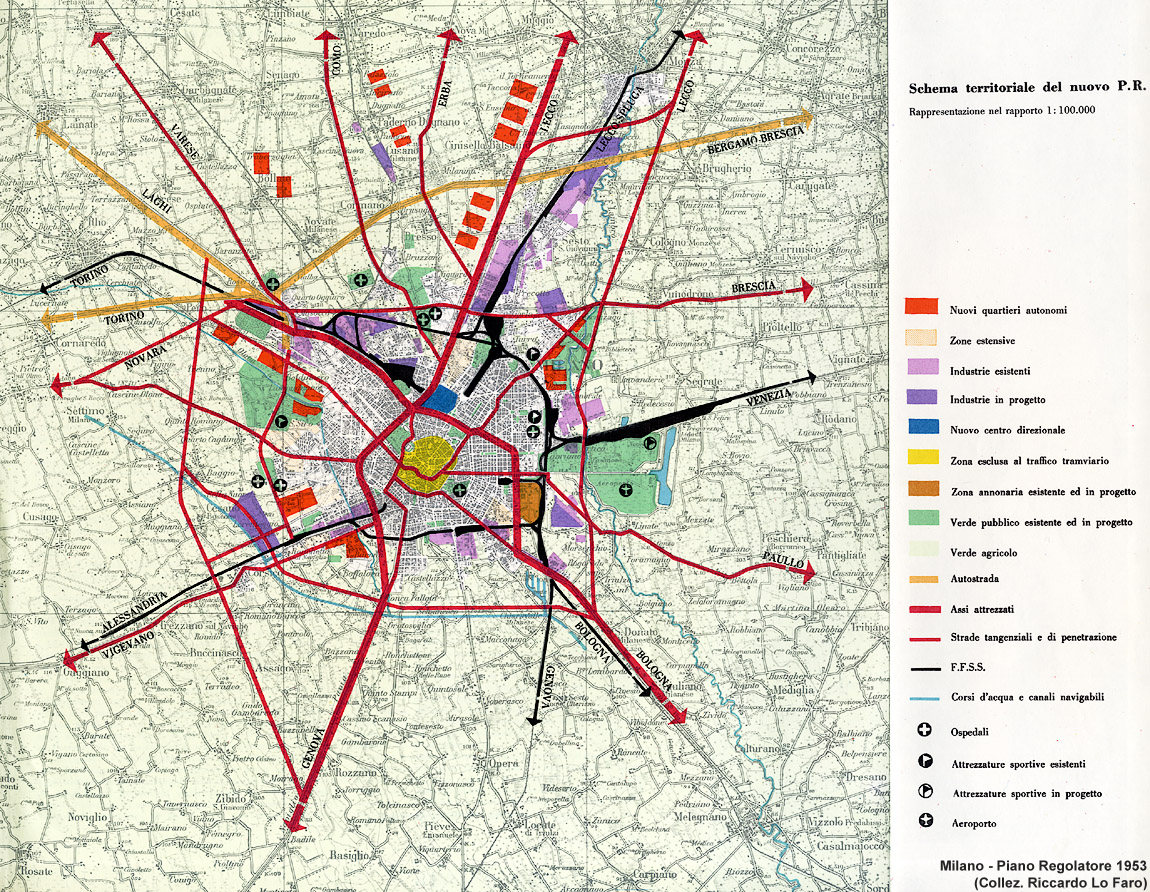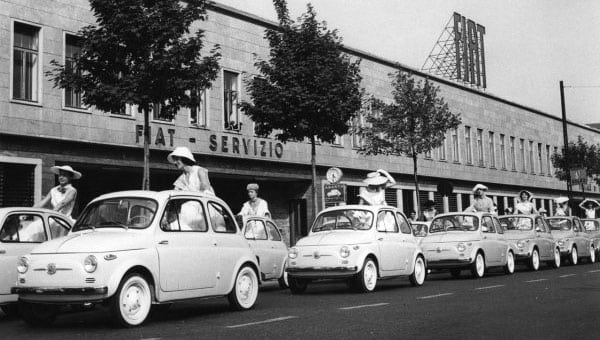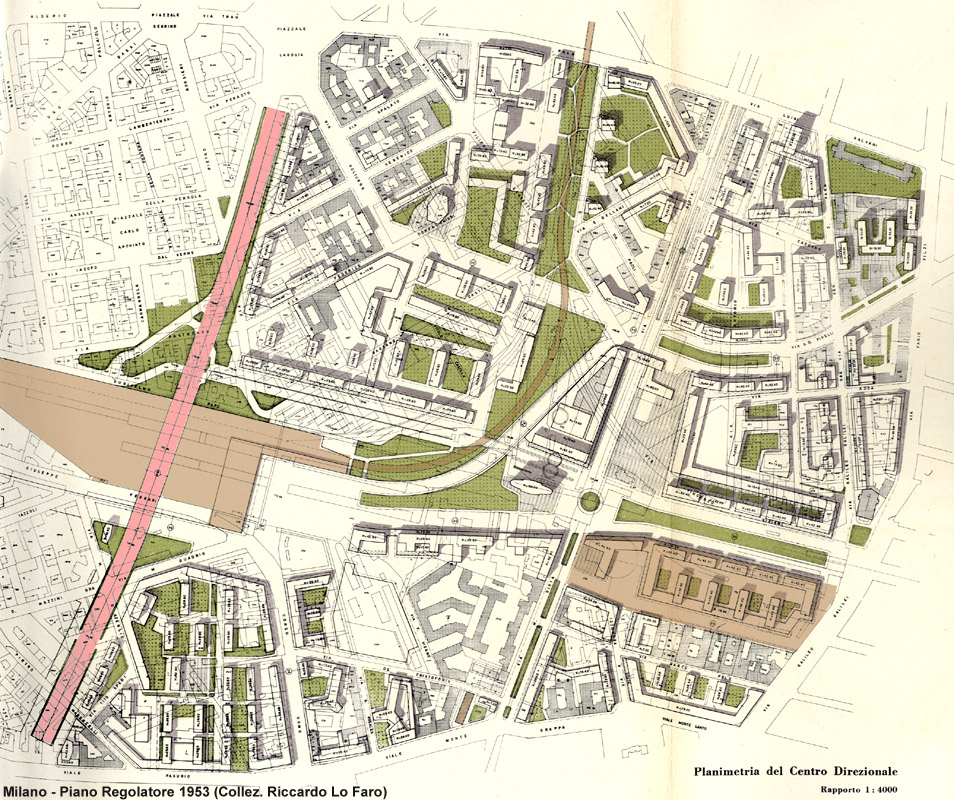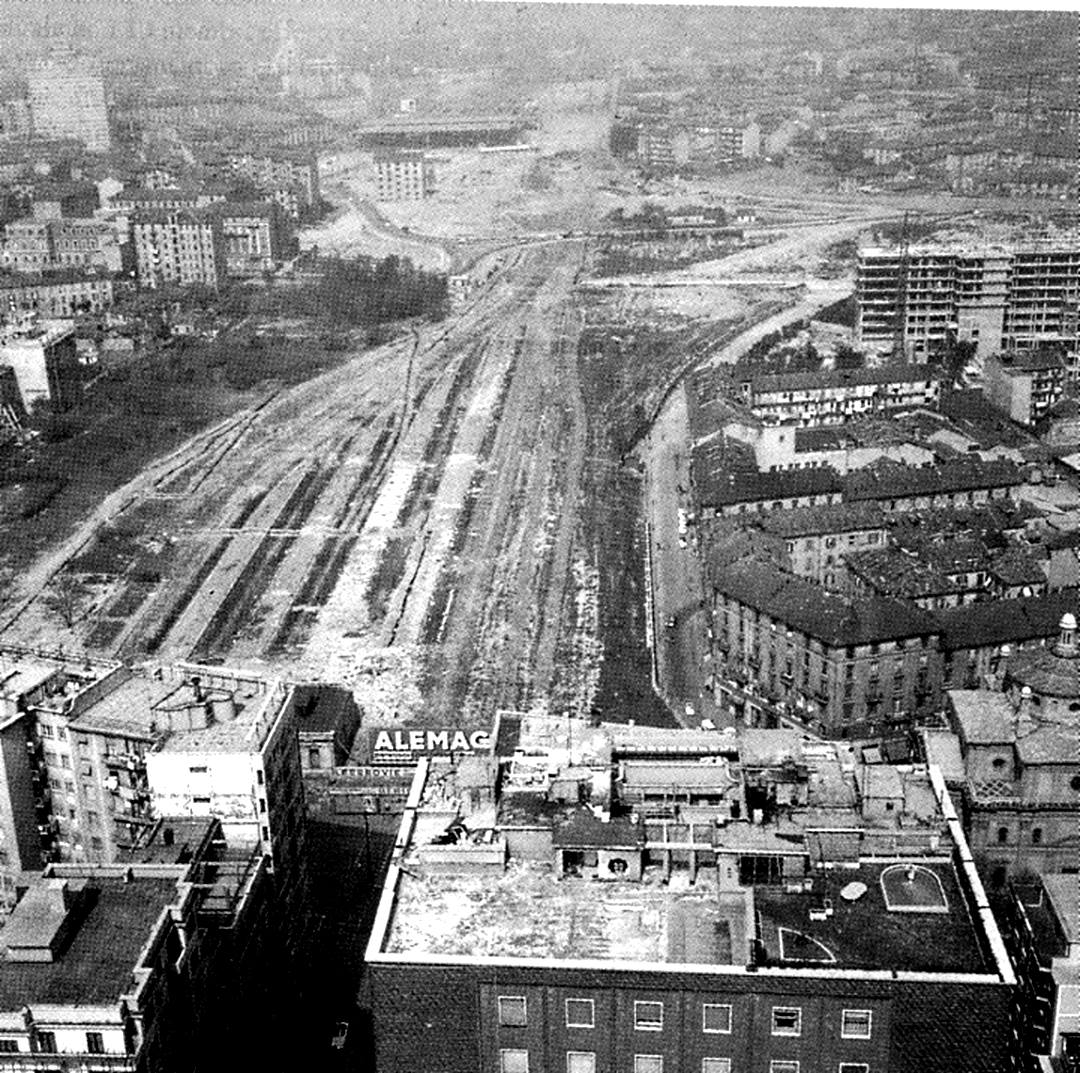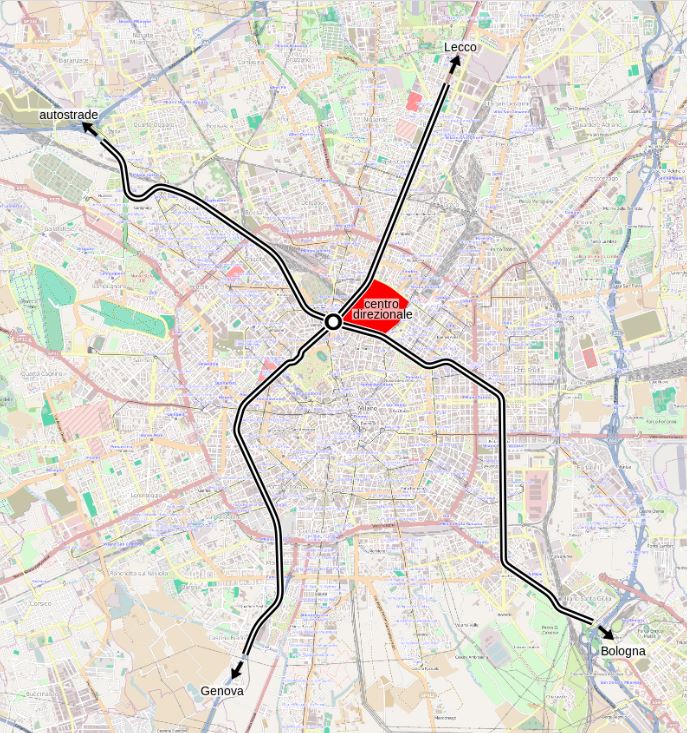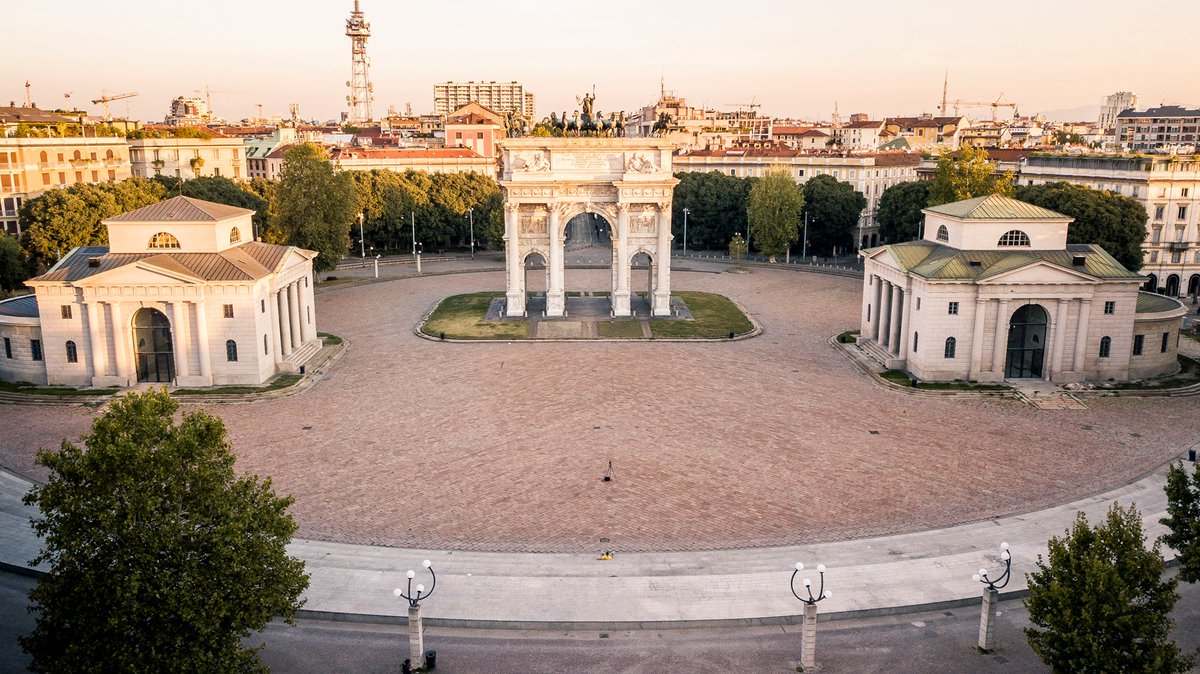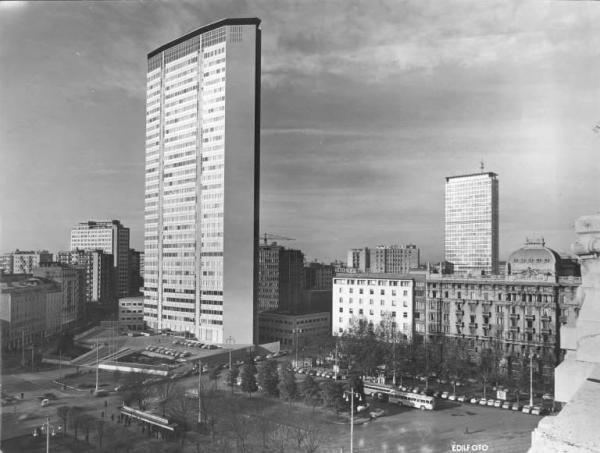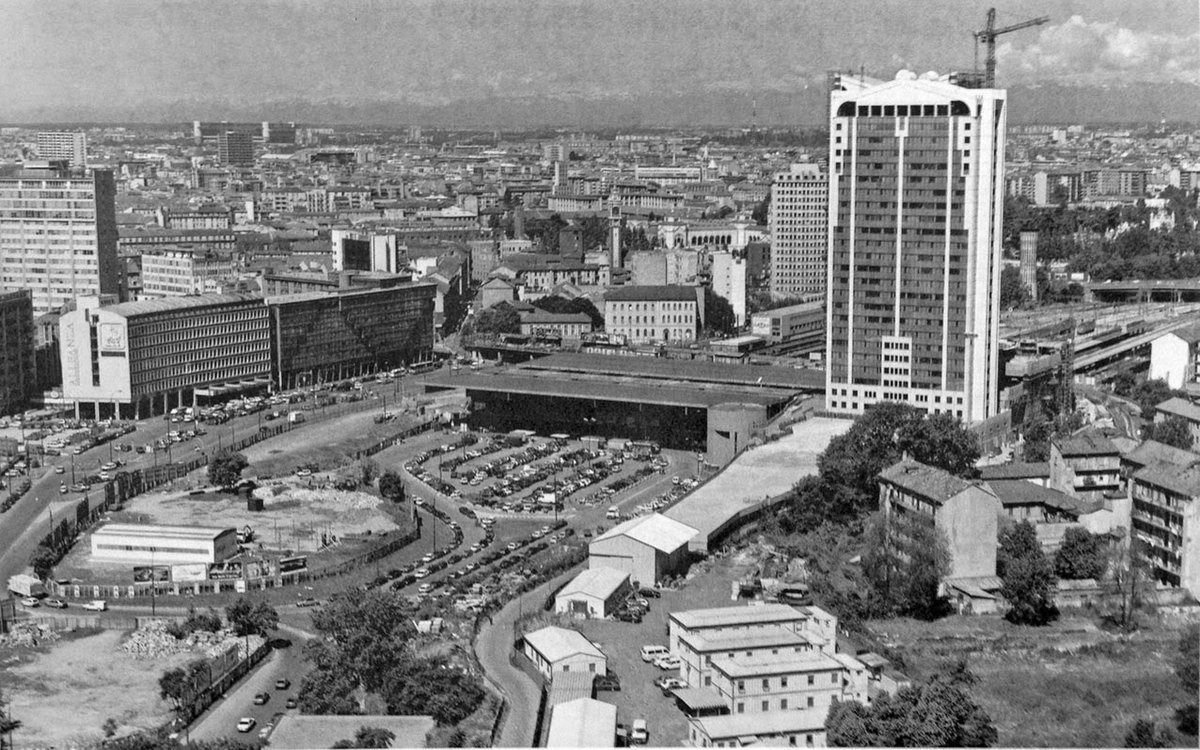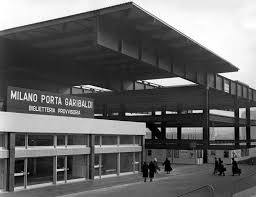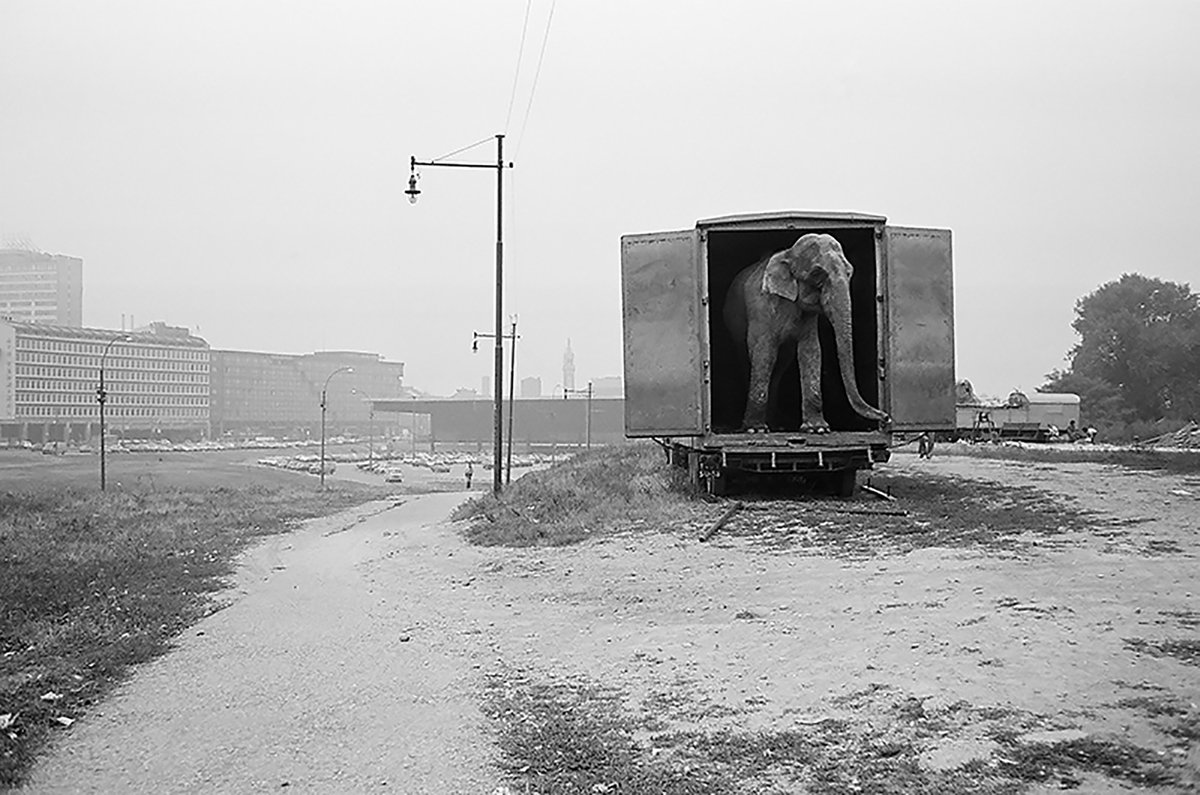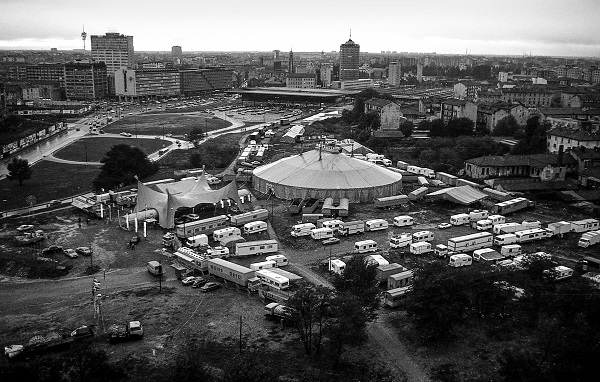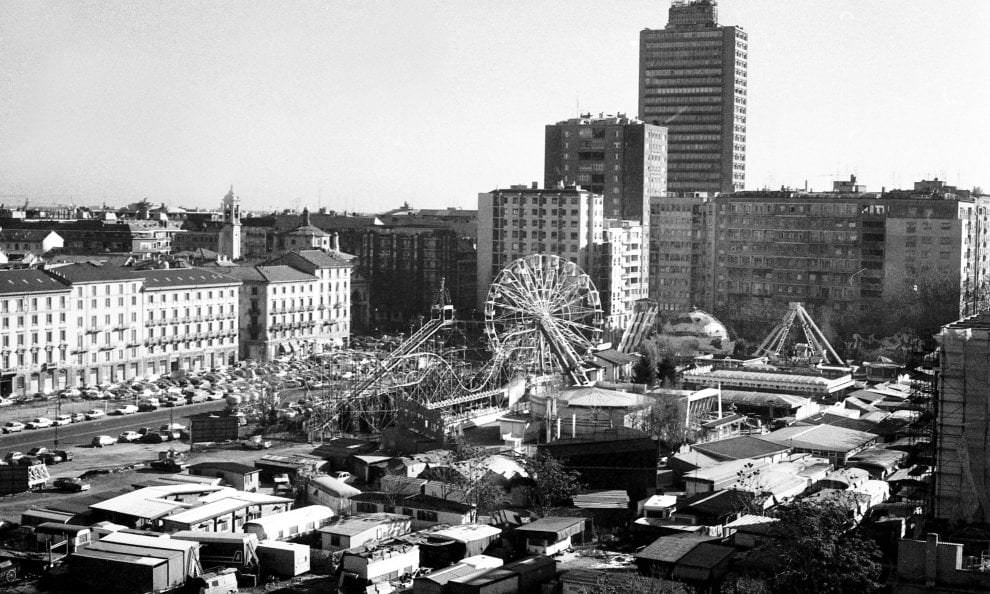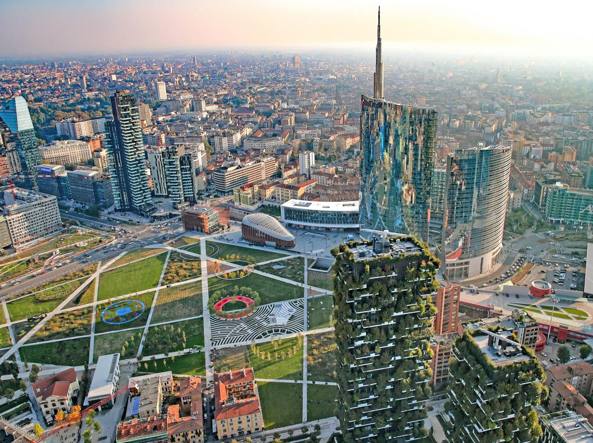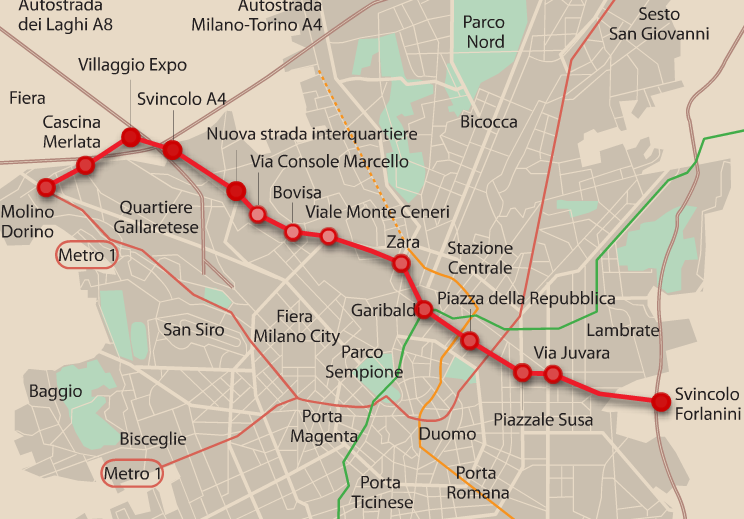1/ A thread about the time when Milan seriously planned to make her own high-rise CBD and to build two cross-city freeways right in the middle of the city. To reassure North Americans that they don’t have the worldwide monopoly of bad planning ideas.
2/ This thread comes after @yfreemark tweeted about the fact that major European cities don’t have inner-city highways, putting Milan among the examples. But it is not that Milan’s planners didn’t try, at least on paper. Lucky enough, they failed https://twitter.com/yfreemark/status/1277620432057892865?s=20">https://twitter.com/yfreemark...
3/ Already in the 1920s, Milan was becoming a large, crowded city of almost 1 M, both the financial and industrial capital of the country, the city with the highest car ownership in the country (albeit an extremely low one compared to the US at that time)
4/ As the headquarter of Lancia and Alfa Romeo, Milan installed the first manually operated traffic light in piazza Duomo in the 1920s. The first limited access, single carriageway highway linking Milan with the lakes was opened in 1924-26 as the first "autostrada" in Italy
5/ Proposal for road widening and urban “fast roads” were already floated in the 1930s, but only a more traditional project for a wide boulevard cutting through the city center was approved. Then WWII kicked in and the city was among the most heavily hit by the allied bombings
6/ Already in 1945, the city launched a competition among planners to get ideas for the future city. The winning proposal, called “plan AR”, envisioned a modernist approach of regional decentralisation with two new highways crossing the city south and east of the historic core
7/ As the country was in ruins, priority was given to a less grandiose reconstruction plan following the existing development patterns. Nevertheless, the idea remained popular with planners and resurfaced in the 1953 PRG (masterplan).
8/ Reconstruction was already over and the first glimpses of the dramatic economic growth of the postwar years, the so-called “economic miracle” were already manifesting. The plan called for a strong tertiarization of Milan’s inner city out of the traditional core
9/ A high-rise CDB was planned, stretching from the Central Station to the area at the time occupied by the rail yard called “Varesine”. Heavily damaged by war bombings, this area just outside the old city was already re-developing as the center of company headquarters
10/ The hearth of the CBD was supposed to be located in the area liberated by the moving of the freight rail infrastructure and the construction of a new rail main terminus further west, just outside Porta Garibaldi
11/ The accessibility of the “Centro Direzionale” was to be granted by the metro, the new rail station and two new double carriageways, grade-separated, limited access roads named the “Assi Attrezzati” (in red). They were supposed to cross just outside the old city at Porta Volta
12/ Most of the new urban freeways were to be cut through late 19th, early 20th dense neighborhoods and even pass around the "Arco della Pace" between the Sempione Parc and the posh area of Corso Sempione
13/ In the following years, many buildings were built following the alignment of the soon-to-be-built freeways. The CBD started slowly to grow but only around the Stazione Centrale, with new high-rise like the iconic “grattacielo Pirelli”, a masterpiece of modernism by Gio Ponti
14/ The new Porta Garibaldi station (a pretty dull and functional building) was opened in 1961, together with a short tunnel (the so-called “passantino”) allowing for through running for trains coming from the eastern rail half-ring.
15/ But the area liberated from the rail yard was never completely redeveloped. Premium areas for office development were still in the traditional city center that became more and more office-oriented.
16/ The strong opposition of the inhabitants and the prohibitive costs of the expropriation forced the city to abandon the urban highway project. The former Varesine area was left empty for over 40 years, hosting a circus and an amusement park for a while
17/ But eventually the CBD martialized, but in an era nobody think urban highways are cool anymore. From the late 90s the push for more office space in the city resulted in a new masterplan and in the construction of several new tertiary and residential complexes and a large park
19/ nevertheless, freeways tried a comeback : for 2015 Expo, the city proposed a new 14 km highway tunnel along the same E-W alignment of one of the two “assi attrezzati” of the 1953 plan. It was supposed to be a privately financed tool-road, but investors never materialized
19/ The idea was definitely dropped when the city elected a left-wing mayor in 2011. It is now dead, and we hope for good.
20/ That is the end of the story of when Milan tried to be American.
“Mila& #39;, Tu vuò fa l& #39;americano! siente a me, chi t& #39;ho fa fa?!?”
 https://abs.twimg.com/emoji/v2/... draggable="false" alt="😊" title="Lächelndes Gesicht mit lächelnden Augen" aria-label="Emoji: Lächelndes Gesicht mit lächelnden Augen"> https://youtu.be/BqlJwMFtMCs ">https://youtu.be/BqlJwMFtM...
https://abs.twimg.com/emoji/v2/... draggable="false" alt="😊" title="Lächelndes Gesicht mit lächelnden Augen" aria-label="Emoji: Lächelndes Gesicht mit lächelnden Augen"> https://youtu.be/BqlJwMFtMCs ">https://youtu.be/BqlJwMFtM...
“Mila& #39;, Tu vuò fa l& #39;americano! siente a me, chi t& #39;ho fa fa?!?”
For some of the images I should credit the fantastic archives of this old fashioned site:
http://www.stagniweb.it/
it& #39;s">https://www.stagniweb.it/">... a never ending source of fun facts and incredible historic maps
http://www.stagniweb.it/
it& #39;s">https://www.stagniweb.it/">... a never ending source of fun facts and incredible historic maps

 Read on Twitter
Read on Twitter